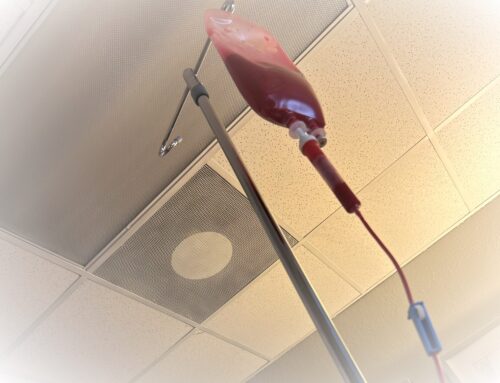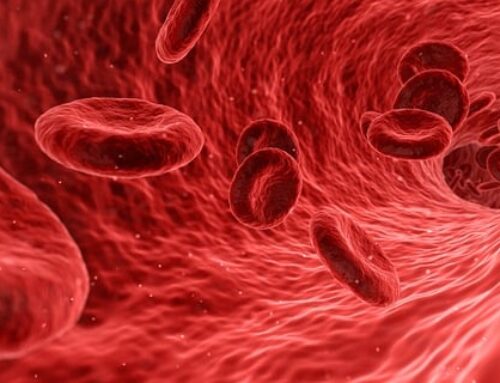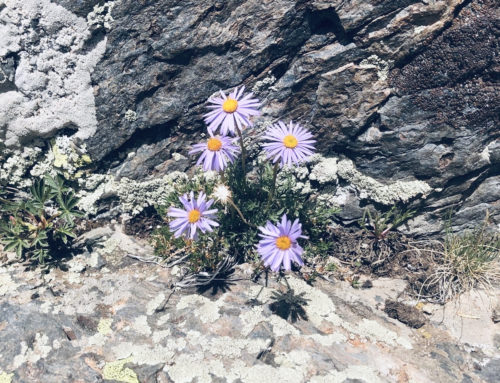We have all referred to this year as being unprecedented; however, that is not exactly true. In the Spanish Flu pandemic of 1918, it was also recommended to avoid Thanksgiving gatherings with family and large groups. There was widespread disagreement about mask wearing, and political action groups formed to object to the mandates. You could be arrested for sneezing without covering your mouth. Even the Mayor of Oakland in 1919 was arrested for not wearing his mask. All public facilities were closed, and just in October 1918 alone, over 195,000 people died. Sound familiar?
Then and Now
In 1918, as we are experiencing now, the public was urged to stay away from large groups, and public facilities, such as churches, schools, and theaters, were all closed. Lacking the technological advances that we currently enjoy, they endured months of uncertainty, swift spread of disease, and an overburdened medical system for those who were infected and ill. By the summer of 1919, the virus started to recede. If we are looking at a similar timeline and are frustrated, scared about losing our jobs, worried about kids not being in school, and experiencing pandemic fatigue, my questions are:
- How do we shift from the individual level to the consideration of the public and its health?
- How can we effectively change the course of this stressful, uncertain time?
What We Can Control
First, it appears that avoiding contact with others, wearing masks, and staying at home are our major strategies to address the progression of this virus. While this may feel depressing (or even oppressive to some), it is truly these preventative measures that will get us back to the life we all miss.
Secondly, I am inspired by thinking about prevention this way: we have control over many of our own health variables. If you are struggling with immune deficiency, chronic illness, obesity, hypertension, or other ailments that put you at an increased risk of serious reactions to COVID-19, there is no better time than now to assess the variables of these health issues that are in your control:
- Exercising a minimum of 4-5 days a week.
- Changing your diet to include more veggies and less sugar.
- Taking immune supportive nutrients.
- Getting adequate sleep.
- Working on stress reduction/self care.
Finally, we can find new ways to give thanks, be close to our loved ones, and make the most of this holiday season, even if that means digging into some pumpkin pie solo while binge watching a show on Netflix. You can be assured that doing this gets kids back in school, helps rescue the economy, and protects others from illness. We can do it…together.
We are so Grateful for YOU
The staff at Holistica and I are all very grateful to continue to be of service to our community and our patients during this time. You inspire us every day to be better, do better, dig deeper, and never stop aspiring to learn more. Your commitment to your health and healing makes our jobs that much more fulfilling. We are continuously amazed at the determination and courage you demonstrate everyday. I know this holiday looks very different than the past, but I hope you can find joy in this present moment and feel empowered by all the things you can do.
Always ~ Dr. Mary Shackelton
**Next week, I look forward to sharing more about your gut microbiome and how it provides protective immunity against pathogens, including Covid.



